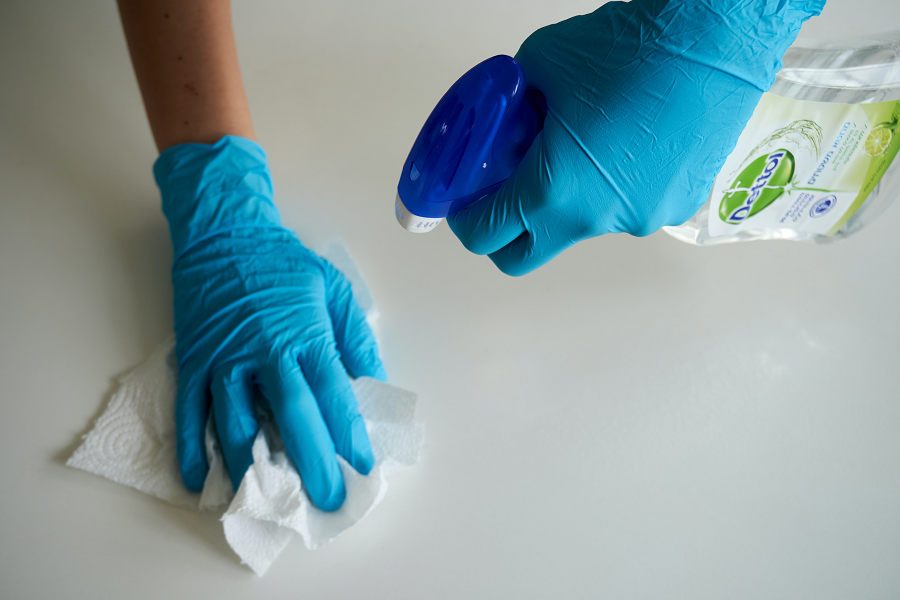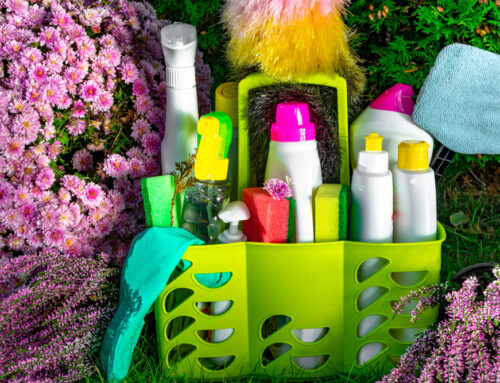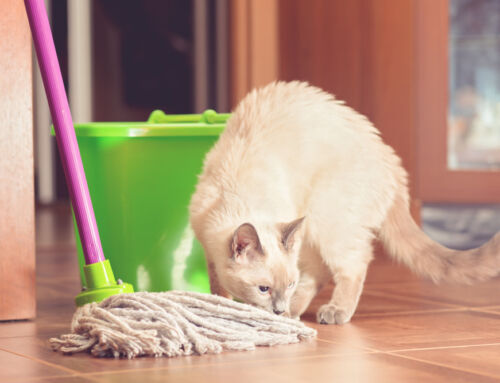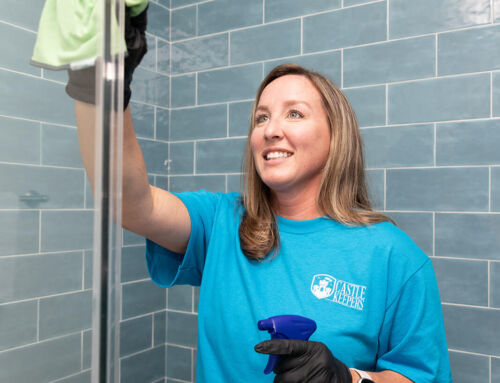
COVID-Free for the Holidays: Every Precaution Helps
After almost a year of sacrifice, social distancing, and stress, people are tired of quarantining and want to be with their loved ones and friends. The logistics of receiving guests and returning students back into the house in the midst of COVID-19, however, are challenging.
When studies show that 20 to 30% of those infected with the coronavirus don’t show symptoms, the worry is that an asymptomatic student or guest, whether they are family or a close friend, could unknowingly bring the virus home to vulnerable family members.
Health officials suspect home get-togethers are triggering the spread of COVID-19 because of the way most homes are designed. Because the goal of most home designs is energy efficiency, they are sealed up tight to prevent climate-controlled air from escaping. While this might save on heating and cooling bills, the danger of this slower ventilation is that invisible viral particles from an infected guest or family member can build up quickly in the home or around the dinner table as that person talks, laughs, and even breathes.
Large respiratory droplets containing the virus fall to surrounding surfaces or the floor, while smaller particles, called aerosols, can linger in the air, and even travel on air currents, putting everyone in the house at risk.
Much of what we currently know about how long COVID lives on surfaces comes from a study published in March 2020 in the New England Journal of Medicine. The study found that under ideal conditions the virus can survive up to three days on hard metal surfaces and plastic, and up to 24 hours on cardboard. A study in the CDC’s Emerging Infectious Diseases journal suggests there is more surface contamination from the virus than previously thought, however, and that experts may be underestimating the role surfaces play in the transmission of the virus and that everyone should follow strict cleaning and disinfection practices.
Mitigating the Risk of COVID Spread Through Cleaning
1. Enhanced personal hygiene: Keep washing those hands. You know the drill: Wash with soap and warm water for at least 20 seconds.
2. Open windows: Depending on the home and weather conditions, research shows that opening multiple windows – the wider, the better, and in every room if possible – can increase the air exchange rate to as much as three times an hour. Turn on exhaust fans, typically found in bathrooms and kitchens. Experts say even running a few exhaust fans, combined with opening windows, help. Don’t use regular fans, however. They move air around a room and can increase the risk to a group if someone nearby is infected.
3. Bathrooms: If possible, provide your student or guest with their own bathroom. If that isn’t possible, provide them with cleaning products and ask them to clean and disinfect the toilet, sink, and shower, concentrating on the handles and knobs, after each use.
4. Cleaning and disinfecting of common spaces, door handles, and other touchpoints. Disinfectants containing certain percentages of citric acid, quaternary ammonium, ethanol (ethyl alcohol), hydrogen peroxide, or sodium hypochlorite bleach will get the job done. While Castle Keepers does not endorse or promote specific brands, here is a short list of CDC-recommended disinfectants that are effective on COVID-19:
- Comet Disinfecting Bathroom Cleaner
- Scrubbing Bubbles® Multi-Purpose Disinfectant
- Fantastik® All-Purpose Cleaner
- Clorox Clean-Up Cleaner + Bleach
- Clorox Disinfecting Wipes
- Lysol Bathroom Cleaner
- Lysol® Disinfecting Wipes
5. Laundry, especially sheets and towels your gues has been using, must be sanitized as well. The CDC recommends products such as Oxiclean Laundry and Home Sanitizer or Lysol® Laundry Sanitizer.
6. For electronics follow the manufacturer’s instructions for all cleaning and disinfection products. Consider the use of wipeable covers for electronics or alcohol-based wipes/spray containing at least 70% alcohol to disinfect touch screens. Dry surfaces thoroughly to avoid pooling of liquids.
While all this might sound like overkill, remember that the virus is highly transmissible. If all these precautions aren’t possible, every small precaution you take lowers the risk. Just do your best. Sometimes public health recommendations don’t reflect the complex reality of people’s lives, but that’s not a reason to not try to mitigate risk – everything you do can add up to some amount of risk reduction.
Share this article
A quick overview of the topics covered in this article.












